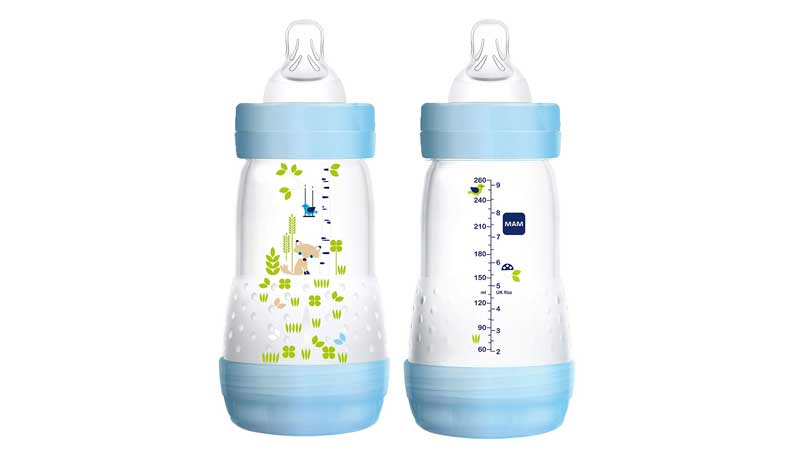 Ceramic baby bottles first appeared in Europe about 7,000 years ago, as societies hunted and assembled into agricultural communities at the beginning of the colonial era.
Ceramic baby bottles first appeared in Europe about 7,000 years ago, as societies hunted and assembled into agricultural communities at the beginning of the colonial era.
With narrow spouts and playful forms that sometimes resemble animals, these little pots are easy to imagine in the hands of newborn babies. But what were the children drinking from them?
At least 3,000 years ago, some communities in southern Germany were feeding their children animal milk.
Archaeologists have found such rare remains of prehistory in the southern German province of Bavaria, who used to feed their children with their ‘feeders’.
Some of these utensils are of different animal forms.
Even before the known history of human existence on earth, this ancient pottery was made of special clay.
How did people of prehistory feed their children with water or milk?
This discovery is an extremely valuable treasure, which will explain how prehistoric humans used to raise their infant children.
Archaeologists are saying that the pots were almost certainly “baby bottles,” through which thousands of years ago humans fed their young children.
The discovery came from the ancient cemetery of infants.
These archaeological remains were found in a place in the southern German province of Bavaria, a place of great importance.
This pot came from a place, used to bury infants in copper and iron times. It can also be called the “infant children’s cemetery” thousands of years ago.
These historical utensils are also proof of the fact that even prehistoric humans used to feed their children to meet their nutritional needs, which was obtained from domestic animals.
Archaeologists have also been able to discover that one of the three ancient pottery he conducted detailed scientific inspection was made in the copper period, from 2800 years to 3200 years ago.
Love for offspring was always there.
This is the first direct evidence of the kind of food that human children ate during prehistory.
These extremely rare and ancient remains also show how much love and care was given to the children of early human history.
The specialty of these vessels is that most of them are of different animal forms.
These dishes were made so that even small children could not have any difficulty in catching such ‘animal vessels’ with their horns, tail, mouth or feet.
These dishes are a sight of great affection and innocence.
It is also possible that these vessels are used for dual purposes during this period.
Like today’s children’s ‘feeders’ for drinking water or milk, and perhaps almost as much as toys used today, even today’s children use it at a young age. ”
Life in Europe was very difficult under periods of copper and iron.
By then many people were suffering from famine and diseases, and hygiene in everyday life was very bad.
In this period, about one-third of newborns went into death before completing their first year of life.
Also, only about half of the children born in this era grew older and reached puberty.
The writer is a freelancer and a graduate of Punjab University. She works at the Federal Board of Revenue and be reached at canwal.22@gmail.com